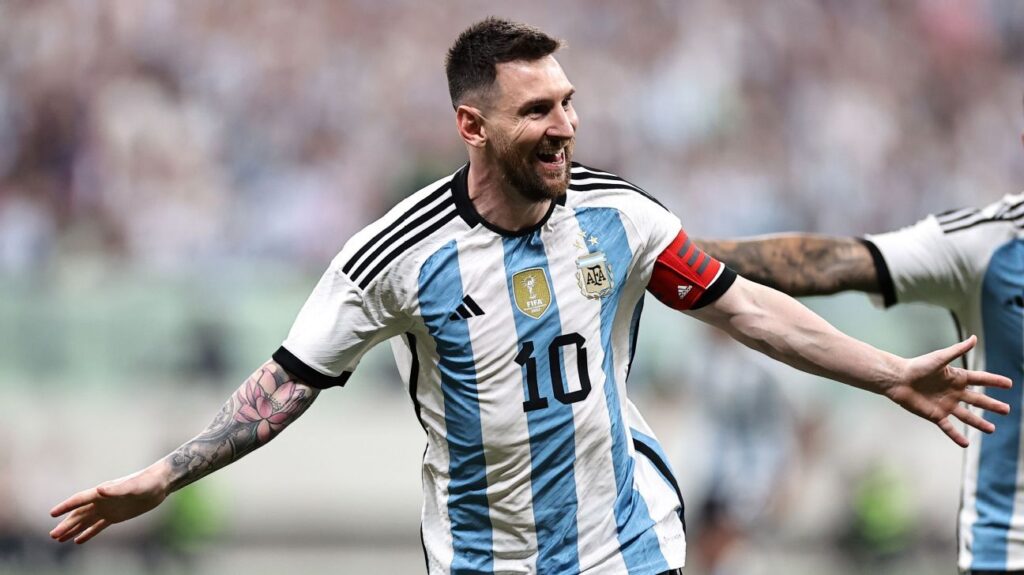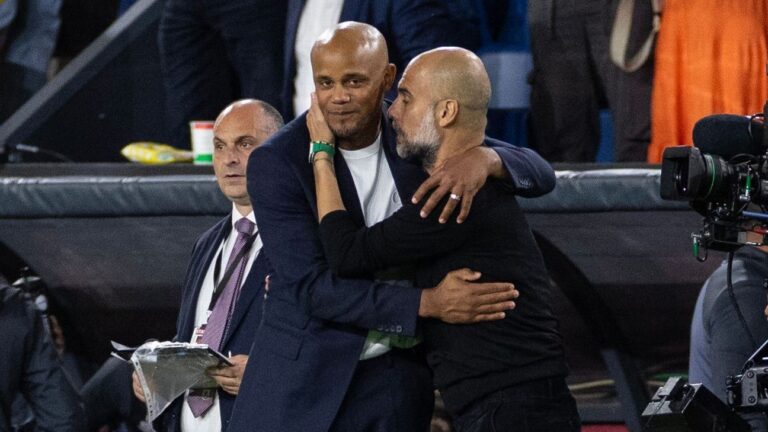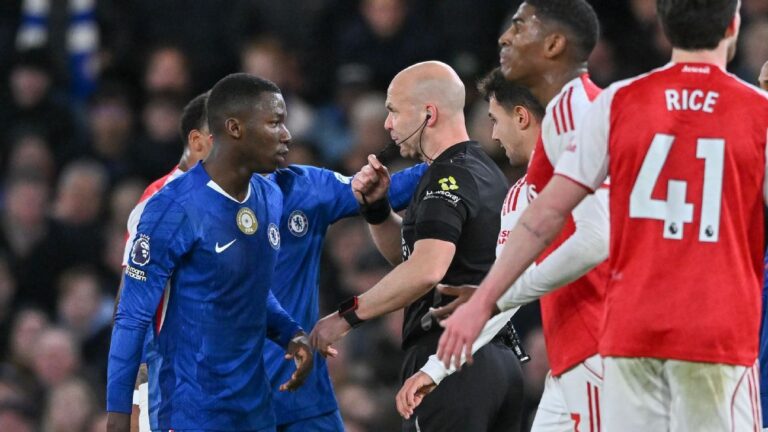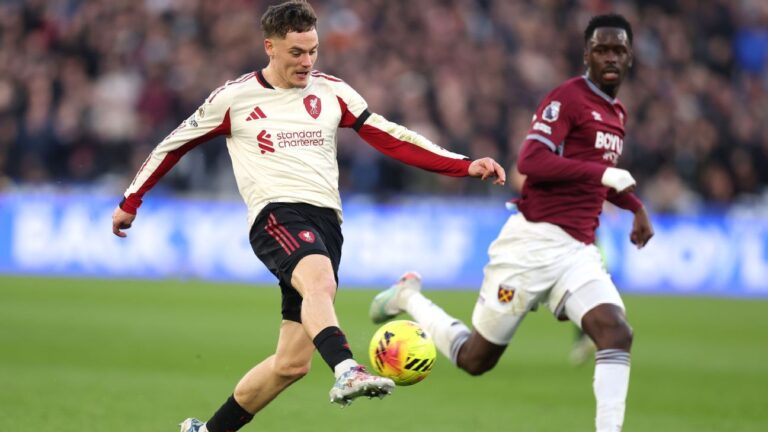The moment seven-time Ballon d’Or winner Lionel Messi announced he would head to the U.S. to begin his MLS career, the “Messi effect” immediately took hold. Inter Miami CF’s social media following exploded, ticket prices skyrocketed and upcoming fixtures sold out. And all before he even signed a contract.
Ahhh, the contract. As the league and club went to work on the specifics of Messi joining Inter Miami following the expiration of his PSG contract on June 30, questions emerged about how one goes about formulating a deal compensating for such influence. Would just offering money be enough to woo a player who ranked second in 2023 on Forbes’ list of the world’s highest-paid athletes at $130 million?
What else can you bring to the table? Miami and MLS’ answer appears to be to bring league partners into the mix.
The deal, unique in its structure, raises interesting questions about revenue splits for superstar athletes and the cascading impact on media rights negotiations.
According to Sportico, Messi’s 2½-year deal with Inter Miami is “worth up to $150 million total from his salary, signing bonus, and equity in the team.” Sources confirmed to ESPN’s Jeff Carlisle that the option for part-ownership of Inter Miami will not be subsidized as it was in 2007 for David Beckham, who could purchase an MLS team for a discounted price of $25 million.
But that’s not all. In addition, revenue-sharing agreements with Adidas, Apple and others were being negotiated. Here are some key questions and answers about Messi’s “unprecedented” MLS deal and what it means for everyone else.
Contract talk is usually boring talk unless you have a 36-year-old Argentine soccer legend attached to it. And this one does.
While the multimillion-dollar salary side of the contract is stale news in modern soccer, the revenue-sharing agreements with league partners offer something new. One industry expert called the Apple part of the deal “unprecedented.” Another termed it “unusual.”
“That deal has never been given to anybody in baseball, basketball, football, and so it’s very unique,” said Irwin Kishner, co-chair of the Sports Law Group. “It’s a generational-type thing, and it’s hard to think if you would ever see anything comparable.”
ESPN confirmed that part of the ongoing discussion is a cut of revenue from new subscribers to Apple TV’s MLS Season Pass streaming service. The subscription service on Apple TV+ was launched earlier this year when Apple and MLS kicked off their $2.5 billion decade-long media rights partnership.
“I do think in a significant way that what the [Messi] deal’s about is customer acquisition,” said John Kosner, president of Kosner Media, a digital media and sports consultancy. “Customer acquisition is perhaps the biggest issue in sports and sports media these days.”
Apple currently holds exclusive, worldwide rights for every MLS game, and the season pass also features both an English and Spanish broadcast crew. “This [Messi’s arrival] is the sort of thing that will get them noticed and expand their international reach,” said Ed Desser, president of Desser Media Inc. “That is the kind of thing that’s particularly interesting for a global company like Apple.”
A similar profit split — reminiscent of the Nike-Michael Jordan deal over Air Jordan — is said to be in discussion with Adidas, the official supplier of the league and a longtime sponsor of the player himself. What cut of those increases, if any, Messi gets is yet unknown. Any agreement between Messi and Adidas would strictly be between the player and the company and wouldn’t directly involve MLS, ESPN confirmed in earlier reports.
Ernesto Bruce, CEO of For Soccer and former senior director of soccer for Adidas, likened this deal to an “evolution” of what Beckham’s contract was when he signed with the LA Galaxy in 2007. “David Beckham was a big catalyst when he came over,” he said. “He had a deal with Major League Soccer, he had a deal with LA Galaxy, and he also happened to have a partnership with Adidas while I was there. That was a revolutionary moment because part of that deal had a future ownership stake in an undisclosed MLS team.”
That MLS team wound up being Inter Miami, where Beckham is co-owner alongside brothers Jorge and Jose Mas. Now, Bruce compares Messi’s contract and presence in MLS to an “accelerator.”
MLS, a fairly young and innovative league, and Messi, one of the sporting greats, are uniquely positioned assets in their own way as parties to a deal of this scope. At the upper echelons of sporting legend, only a few command the same influence as the man from Rosario.
In the NBA, one could argue, what about Steph Curry? LeBron James? Would Messi’s potential revenue-sharing agreement inspire something similar for them?
“That is really going to set some alarm bells off,” a former NBA agent said. “For the right players and the right player agents, if they have individuals who can really move the needles — so the Giannis Antetokounmpos of the world, the Nikola Jokics of the world, the Joel Embiids of the world, they are going to look at this in the next collective bargaining and say, ‘Listen, players control the league,'” he said.
But even with the NBA stars’ power, it might not be enough to match Lionel Andrés Messi Cuccitini. “I don’t think they have that level of power like Messi,” Kishner said. “There is global reach, but not nearly what a Messi has.”
Much like on the pitch, Messi is in a league of his own at the negotiating table, his influence matched by only an ultra-elite few. The Argentine boasts Instagram’s third-highest following — 478 million — behind only the social network itself and fellow soccer star Cristiano Ronaldo, who has 596 million followers.
However, there might be other ways to creatively approach such negotiations. “What I’ve learned in all my years in licensing, there is a thing called ‘slicensing’ — because you can slice the pie up,” said Cara Lustik, a branding and licensing expert.
Lustik explained that while not every athlete can match Messi’s scope of influence in securing revenue-sharing agreements, slicing the subscription model into smaller segments in specific regions could favor other athletes. “There are so many leagues that could use extra eyeballs, and to do that, the easiest way is to take advantage of the talent who has them, and everybody wins,” she said.
Another league that might take notice? The NWSL, Bruce said. “The U.S. leads soccer in the women’s game,” he said. “And so how does NWSL adapt to this?”
The streaming giants want a bite of live sports programming and in recent years, they’ve chomped down. Amazon’s Prime Video has NFL’s “Thursday Night Football.” Apple TV+ is in a partnership with Major League Baseball to stream games. Google’s YouTube TV is now home to NFL Sunday Ticket, and you can add MLS’ Apple TV+ deal to the growing list.
Research by Parks Associates, a market research and consulting company, showed that “annual sports OTT subscription revenue in the United States was $13.1 billion in 2022 and will almost double to approximately $22.6 billion in 2027.”
Eric Sorensen, a senior contributing analyst at Parks Associates, attributed this shift to the pandemic and the need for a more immersive experience for the sports fan. “Sports online, on streaming services, are much more engaging from interactive feature sets, from the chance and the ability to potentially place bets and wagers, the stats and data and integration that’s coming into the screen,” he said.
But it’s not all doom and gloom for traditional broadcasters. Kosner, a former ESPN executive vice president, emphasized that technology companies are not media companies first. “I think we’re going to see a bifurcation of different rights really based upon the interests and priorities of these bidders, including traditional companies and also just the viewing habits of sports fans,” he said.
The choices available and competition for live sports programming perfectly set the stage just as the NBA’s $2.66 billion-a-year deal with Disney and Warner Bros. Discovery expires after the 2024-25 season.
“I don’t think that the NBA could have planned it much better,” said Desser, who was the former chief negotiator for all the NBA and WNBA national media agreements. “The combination of various parties trying things out for the first time and seeing what could happen will accrue to the NBA’s benefit.”
Umm, so far … everyone?
Messi, Inter Miami, MLS and all their league partners emerge looking great. And while the Saudi Pro League might have missed a chance to sign one of the greats, the footballer still has a $25 million public partnership with the country, according to a New York Times report. The only ones who miss out are the Barcelona faithful, whose hope for a Messi return might have to wait a few more years.
And while the terms of his overall deals remain under wraps, one thing is certain: Messi at 36 is still Messi nevertheless.
You need only to look at a recent clip from Argentina and Australia’s recent international friendly. It’s the 33rd minute of the game, and Messi — unflinching, unbothered, with the ball glued to that left foot — glides between four defenders like a player in his prime. And soon, that talent will be on full display in the U.S., when he is expected to make his club debut July 21 against Cruz Azul in the Leagues Cup.
As Inter Miami co-owner Jorge Mas told the Miami Herald, “I think there will always be a before and after Messi when we talk about the sport in the United States.”




